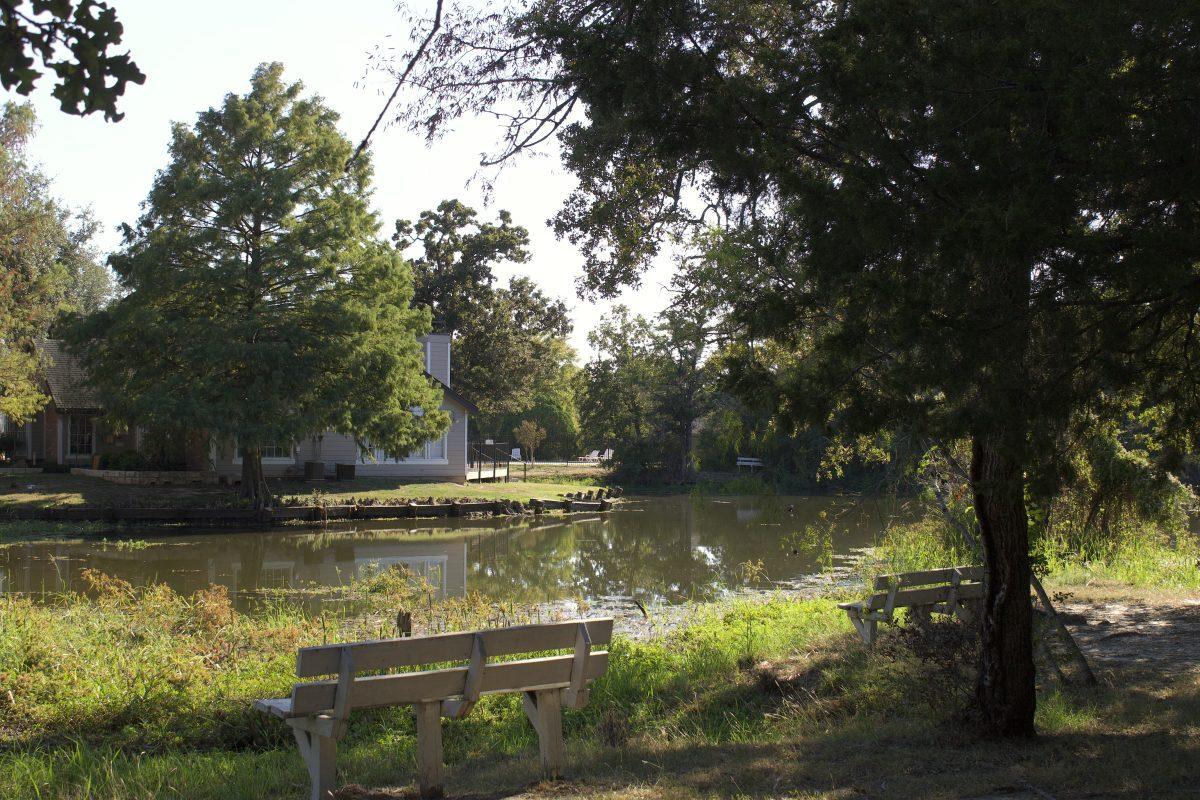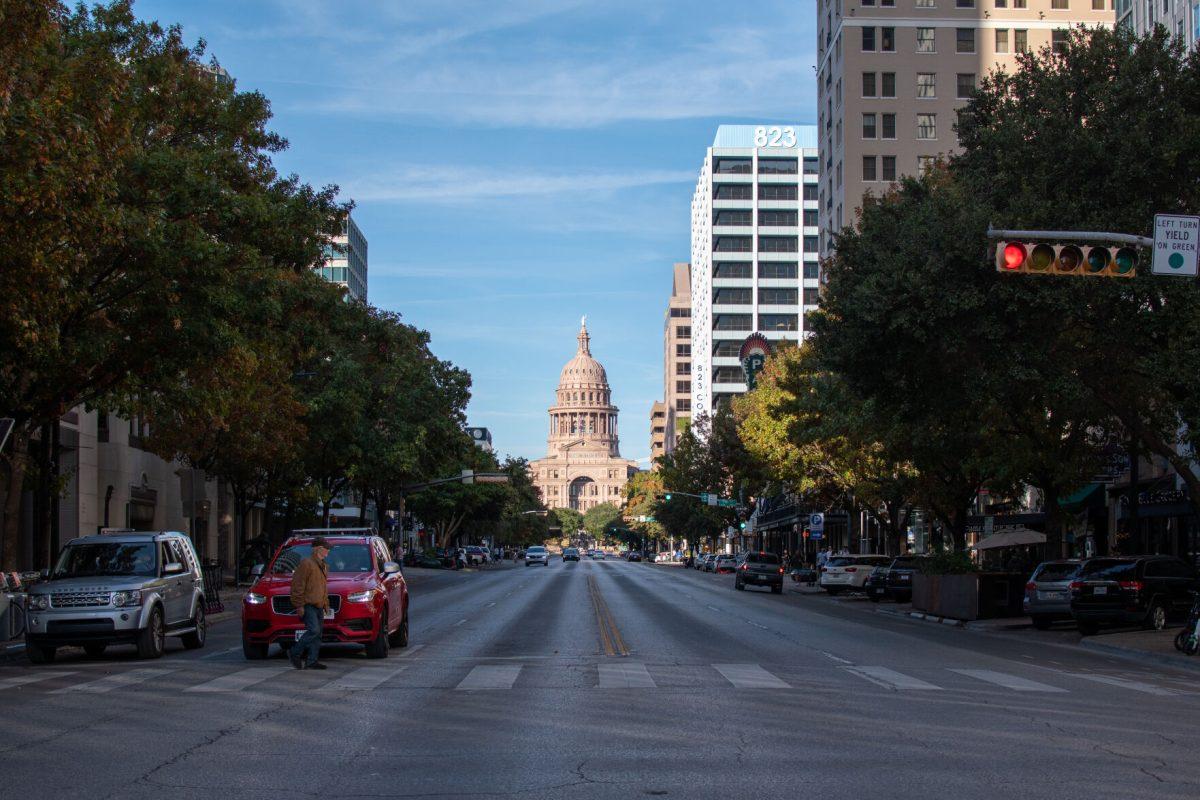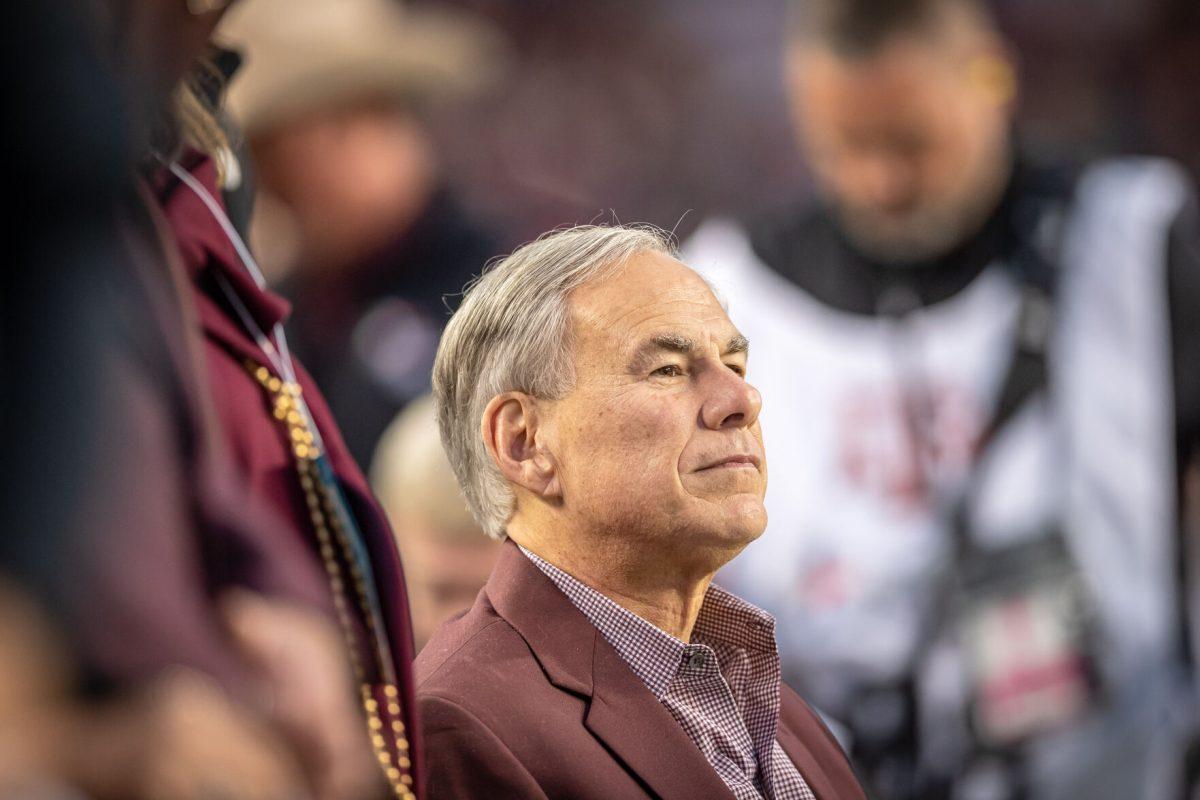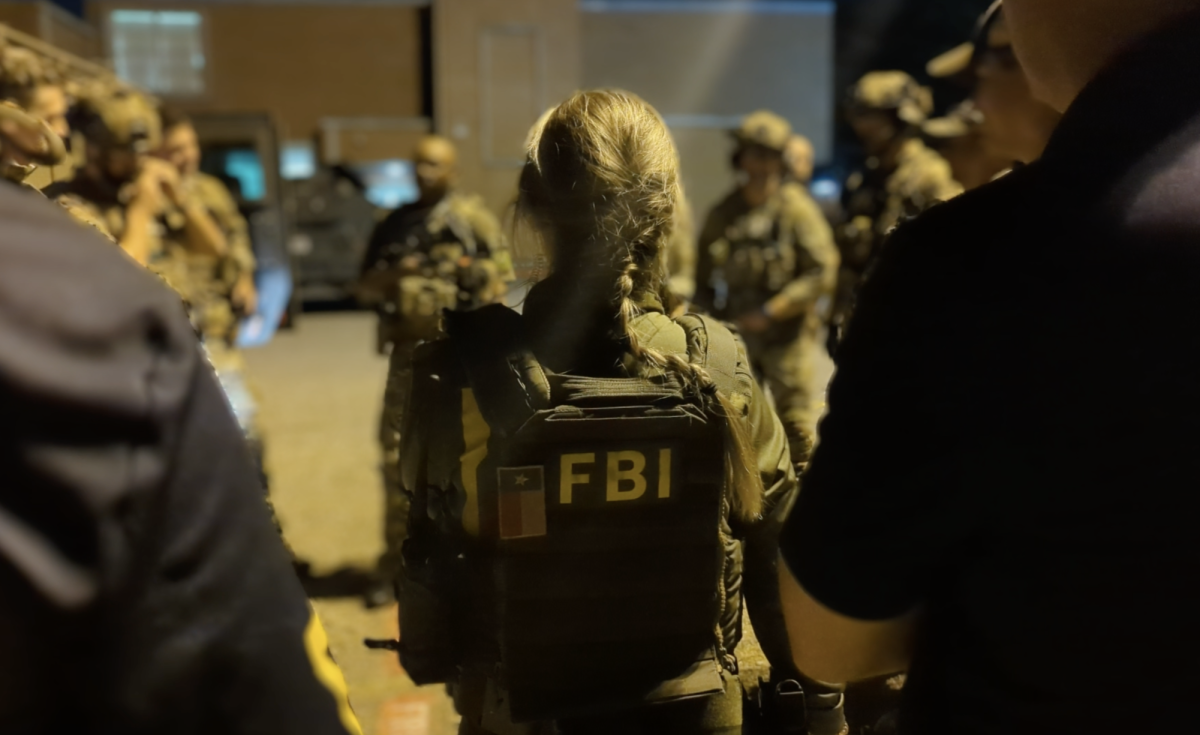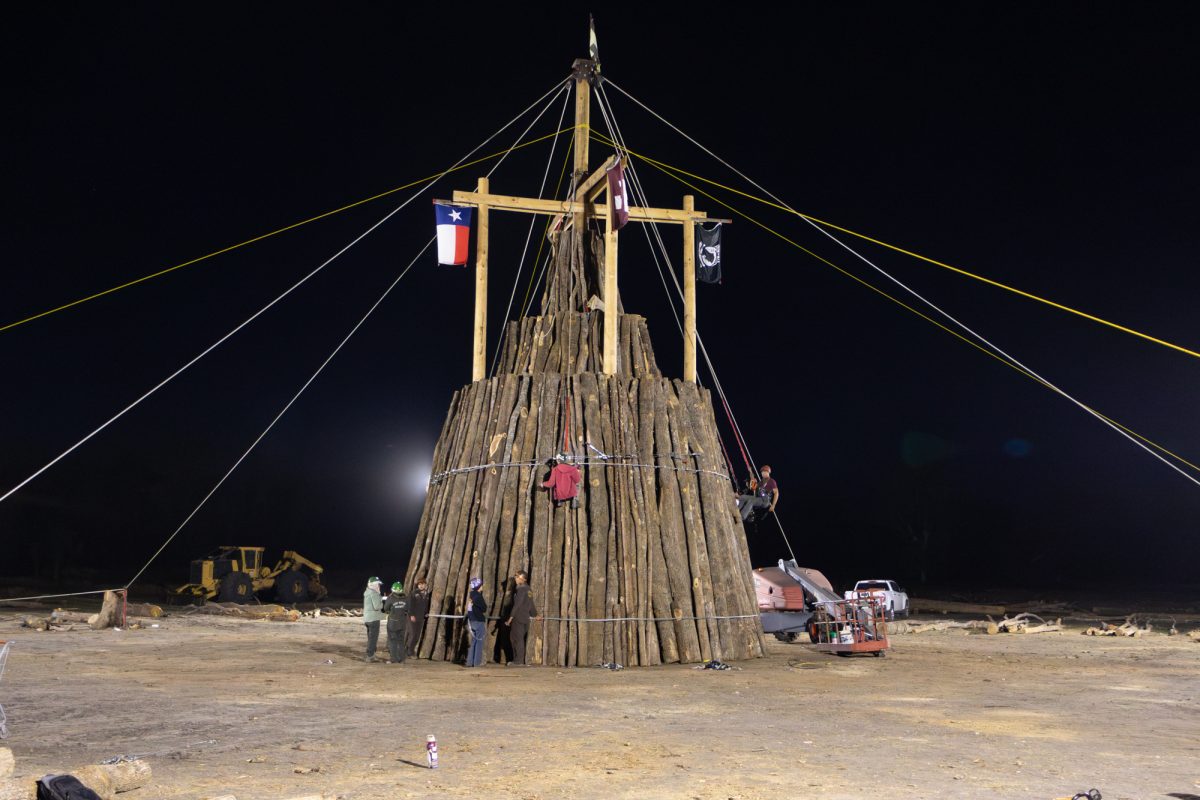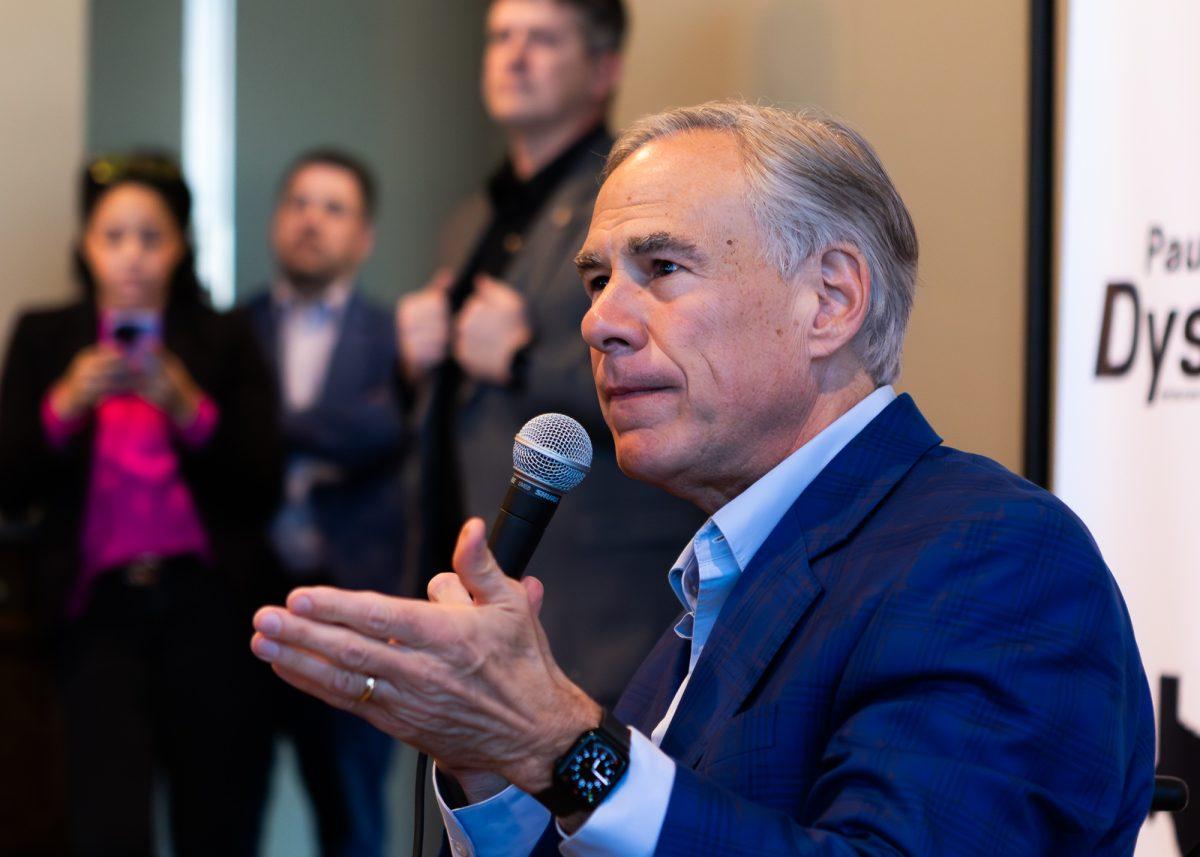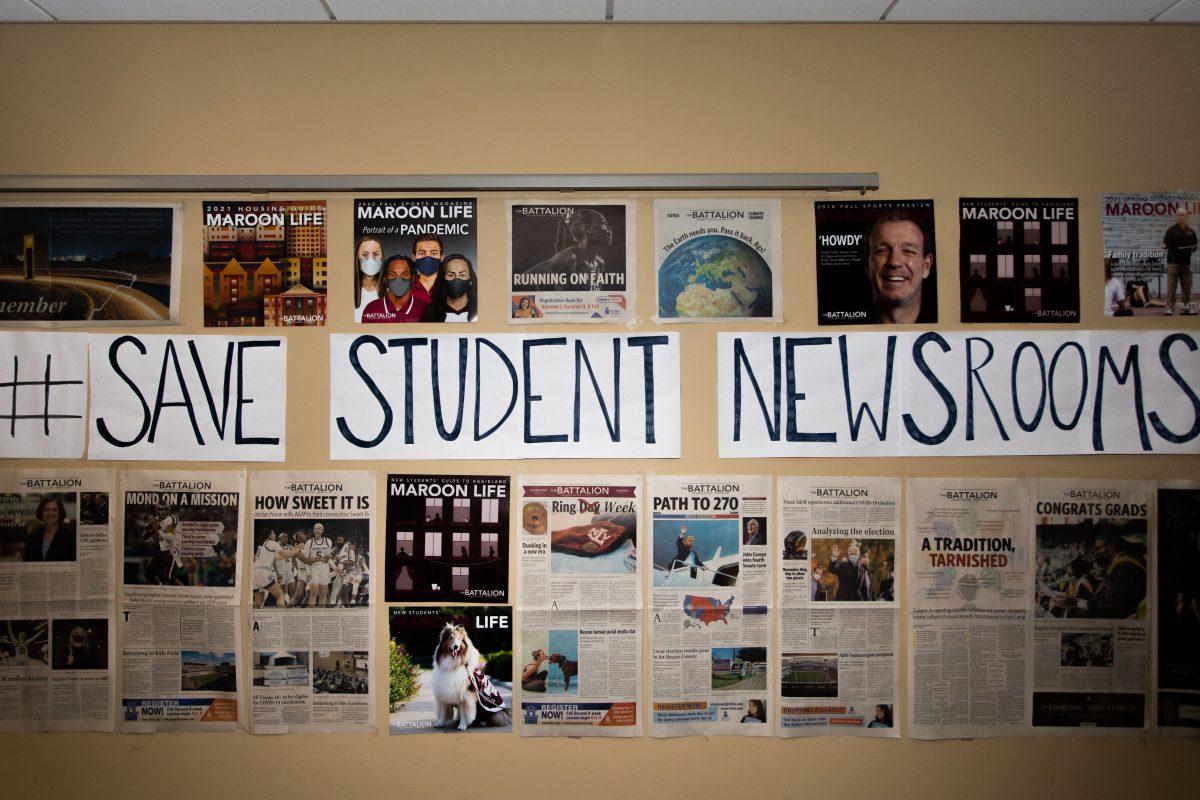With an effort by the city to lessen College Station’s hot weather, residents can expect to see more trees in park areas in the upcoming years.
At the Thursday, Sept. 22, City Council meeting, Director of Planning and Development Services Michael Ostrowski presented a five-year urban heat mitigation plan that will include planting trees and giving seedlings to residents to plant themselves.
The council asked staff to begin research in September 2021, and the staff prepared and presented a five-year plan in April 2022, and the council asked them to increase the number of trees. The staff presented an updated five-year plan on Sept. 22, and now the city will move forward with finding a way to fund this plan.
Over five years, the program will plant 4,787 trees costing $3,213,850. The plan also includes a residential planting program that will provide 2,500 trees costing $216,386 throughout the five years.
“The planting areas we mainly looked at were on city-owned or controlled properties,” Ostrowski said. “What we wanted to do was look at those areas first, to look at what the potential that we could have for the number of trees that could be planted there. The second part was creating a residential program where the city would purchase around 500 trees and then be able to distribute them to homeowners within the city so that they could plant on their residentially-owned properties.”
To find planting areas, the staff first looked at the hottest areas of the city.
“First, we identified the eight Priority Planting Areas that showed higher levels of heat, and we had recommended that those areas would be first,” Ostrowski said. “Most of those areas were in city parks. When the council asked us to go back and take a look [in April]. We looked at additional city parkland, we looked at cemeteries. We also looked at right-of-way areas within the roadway areas that are adjacent to that.”
The two hottest Priority Planting Areas are Edelweiss Park and Sandstone Park. While not confirmed now, the city may in the future look into planting at the Harvey Road corridor, Barron Road corridor and Graham Road corridor.
The Texas A&M Forest Service offered the city $15,000 per year for two years and 250
seedlings. The city also earned a spot in the Department of Housing and Urban Development’s Climate Communities Technical Assistance Program.
Mac Martin, partnership coordinator for the Texas A&M Forest Service’s Urban and Community Forestry Program, said that in addition to offering funding and seedlings, the organization is happy to offer technical resources and training information.
“This is a way that is going to be accessible to the entire community to be able to experience cooler temperatures through the shade that trees provide, but also through the evapotranspiration process, which is cooling breezes throughout the community,” Martin said. “It’s going to be able to not just benefit the community through [heat mitigation], but it’s also going to provide energy savings. There’s a lot of ecosystem services that the trees provide. It’s gonna give all these other great services to the community.”
College Station is a heat island, which is an urban area experiencing higher temperatures than surrounding rural areas.
“There’s been some studies that show the Bryan-College Station area is six degrees warmer than the outlying areas,” Ostroski said. “The reason why that occurs is a lot of the impervious surfaces and lack of vegetation covers. So, as you have parking lots or certain types of roofs on buildings, that leads to additional heat within the community. Finding additional vegetation and doing cool roofs instead of your standard roofing materials can help with that effect.”
The council was in unanimous support of the plan at the Sept. 22 meeting.
“Whatever you think about climate change, it’s here to stay,” council member John Crompton said at the meeting. “This is going to be an increasingly challenging place to live. There’s really only one thing we can do, and that is increase vegetation and planting. It’s a tremendous investment, and the key to this is go big or go home. We’re going to learn about this as we go, we’re going to tweak it. My hope is that when we get to five years, we’ll double the scale of this. Our mission here is to protect the health, safety and welfare of our residents.”



